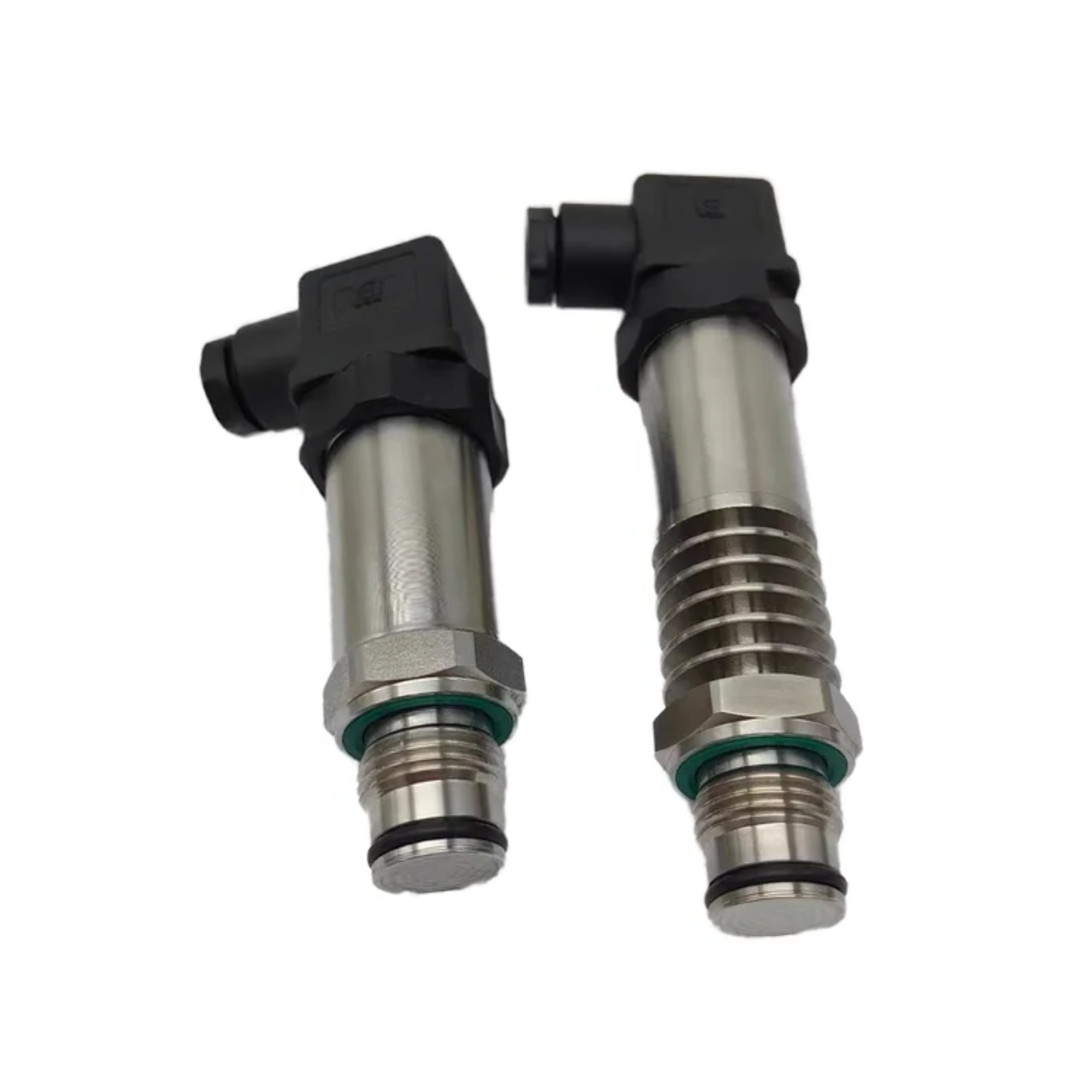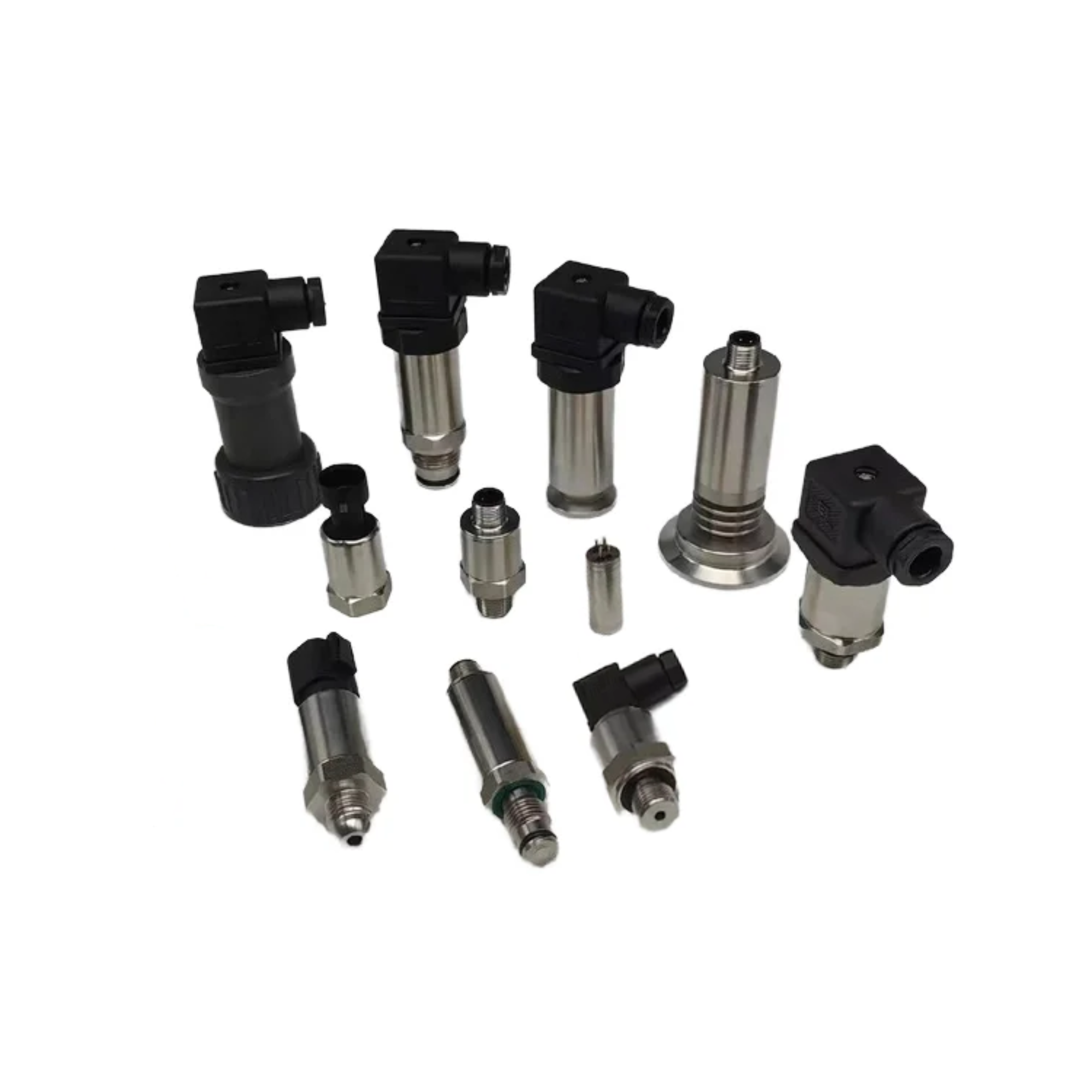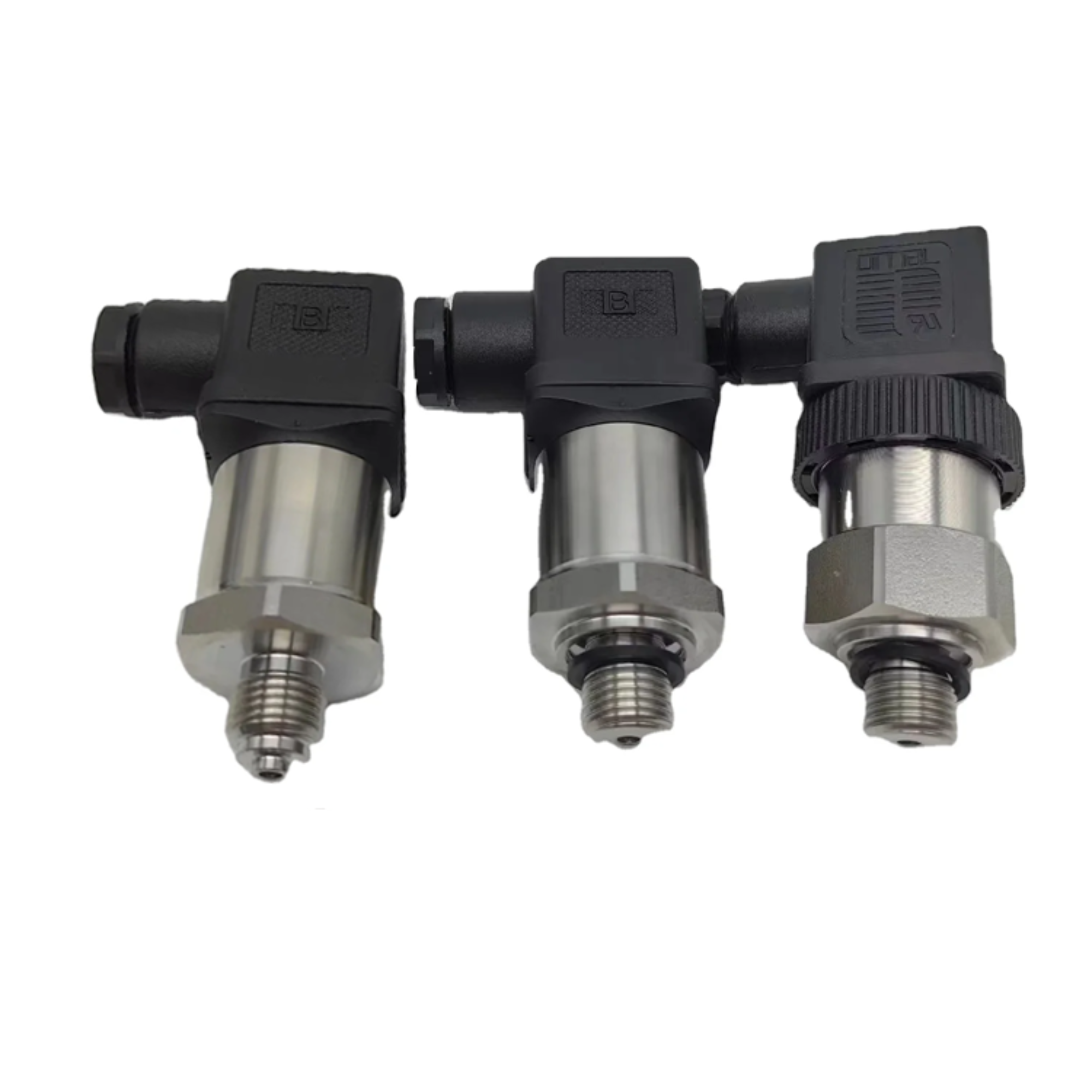Differential pressure, the difference in two pressures is an essential parameter for many physical quantities. Specialized tools are required for measuring low differential pressures. Low differential pressure transducers are precision engineered devices designed to accurately measure slight differences in measured pressures with high reliability. Used by a variety of industries from medical to building automation, these tools provide accurate measurements helping in improving operational efficiencies. In this article we go further into the world of lowDP transducers and what makes them special, as well as where they are used.
Low Differential Pressure Transducers - Top 5 for Accurate and Reliable Readings
With so many low differential pressure transducers on the market, there is a range of strengths and doorstoppers that differentiate one from another. The following are the five most accurate and reliable transducers:
Honeywell HPM Series: This transducer delivers a low-pressure range from 1 psi to 150 psi. It is engineered with Honeywell NanoBridge™ technology to provide the best performance, accuracy and stability.
Sensirion SDP3x Series: A 0-500 Pa Transducer Made with High-Volume Applications in Mind Utilising Sensirion's advanced CMOSesnsr technology, this sensorcombines a sensor chip and digital signal processing into an autarkic metre.
Setra Systems 264 Series: Purpose Engineered for HVAC applications, this Transducer is available to span ranges from 0-5 inches WC. By shrinking it could design and sturdy construction make for the most rigorous of environments.
Dwyer 616KD Series: Specifically designed for use in cleanroom applications, this range covers 0-250 Pa. Key features include a stainless steel construction that is resistant to corrosion as well as an adjustable range.
Keller LD Series: This is a kind of pressure cell that permits operation in severe industrial surroundings, and it consists of a scale from 0 to 40 mbar. With a rough stainless-steel case and good resistance to shake as well as vibration, it is best suited for challenging environments.
There are a number of key factors which you should consider when choosing a low differential pressure transducer. Things to remember are:

Precision/Mathematically complete: It seems like there should be a lot of mathematical data in the control module that would affect accuracy; but it remains to be seen just how much this affects measurement precision. Choose high-precision transducers
Response Time: The time it takes to provide a response (or reading) from when the chamber is exposed. Select a transducer with high and low response time depending on operational requirements.
Different transducers have different kinds of output signals (analog and digital, etc) Ensure the transducer output matches your operational requirements.
Operating Environment: Environmental conditions under which the transducer will operate. Transducers are resistant to different temperature, humidity and dust levels.

In the extensive medical arena, low differential pressure transducers are serving an ever-more vital position These devices are pivotal for examining parameters like blood pressure and airflow that help in the holistic evaluation of physiological states. For example, transducers play a crucial role in the diagnosis and monitoring of patients with respiratory diseases such as asthma or COPD by evaluating their lung function. Additionally, these devices have made it easier to measure the flow and pressure of blood so as to diagnose hypertension or accumulation plaque in arteries.

Choosing a suitable low differential pressure transducer for your application really depends on what the requirements are. The most important factors to consider range, accuracy, response time and environmental conditions. In addition, you should really take into account the cost considerations and other specific requirements that exist in your use case. This will even help you to have a better decision with the domain expert advice.
Bringing the advantages of Low Deltas in Building Automation Systems to Life
Low DP (Differential Pressure) Transducer in BMS-field is a key to improve the HVAC performance and increase energy saving measures. These instruments provide the ability to monitor airflow and allow optimization of HVAC systems for efficient operation. This reduces energy, and it also improves the internal air quality as well as share occupant comfort. Today, the world of building automation systems has almost become synonymous with data-driven insights low differential pressure transducers play a substantial role by providing precise and trustworthy information to decision makers.
Essentially, low differential pressure transducers are limited-application instruments that serve an important role in fields like medical and building automation. They are also quite effective in improving operational processes and results across an extended range of applications by offering accurate, dependable measurements. When choosing a low differential pressure transducer, you must consider various factors that are relevant to your particular application since there is an abundance of options in the market.
company's main products includes ultrasonic flow meters, electromagnetic flow meters, vortex flow meters,differential pressure flow meters, floating flow meters pressure transmitters, low differential pressure transducer gasanalyzers, thermocouples water quality analyzers.
Universities, research instituted companies based low differential pressure transducer main clientsourflowmeter . The provided servicesmore 20,000 customers across worlds exports more 60 countries
company certifications such low differential pressure transducer, CE SGS. Furthermore, owns multiple patents, such magnetic suction sensors flow meters orifices, well as high-temperature equipment analyzing water quality are protected exclusive intellectual property rights.
factory covers 3000 square meters six product lines, which include than 40 types products and 100 models. They employed fields such water low differential pressure transducer, environmental protection, metallurgy, natural gas, petroleum medical.
Copyright © Weibao Information Technology (Shanghai) Co,Ltd. All Rights Reserved